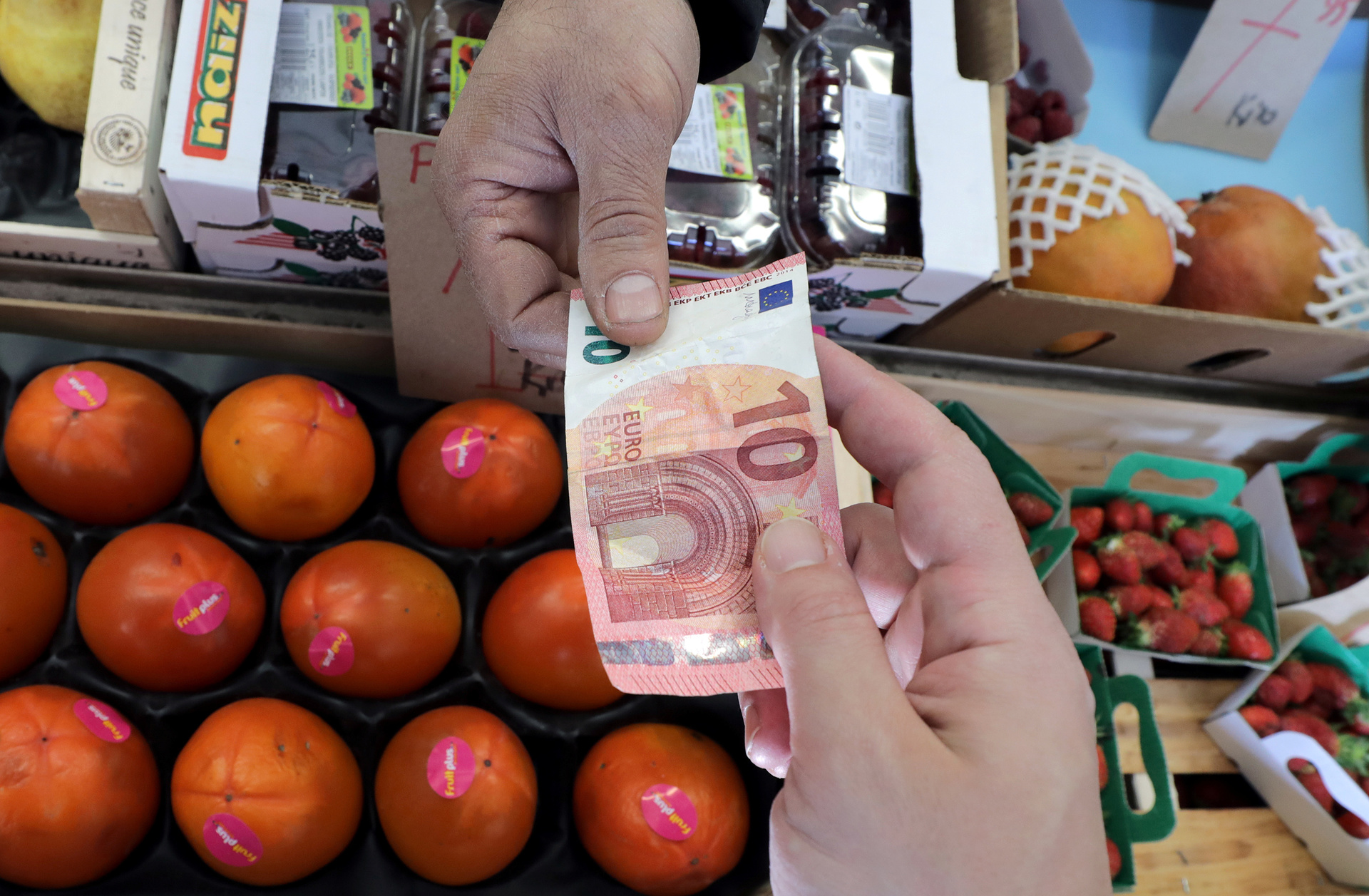In 2020, the share of non-cash payments in the retail trade of Russia may increase to 70%. On Thursday, May 28, said the first deputy chairman of the Central Bank Olga Skorobogatova.
“We have good numbers - 64.7% at the end of 2019. I think that by the end of 2020 we will have a figure of 68–70%, ”Skorobogatova said during an online meeting of the State Duma Committee on the financial market.
According to her, since 2014, the indicator has grown more than two and a half times.
Moreover, since the beginning of 2020, the coronavirus pandemic and related restrictive measures have significantly accelerated the transition of Russian retail to non-cash payments. About this RT told the chairman of the board of non-profit partnership "National Payment Council" Alma Obaeva.
“In a pandemic, Russians are increasingly choosing non-cash payment. Consumers are aware that cash payments pose a great threat to their health and contribute to a certain extent to the spread of the disease. Moreover, due to the introduction of quarantine measures, a majority of non-food stores still do not work in a number of regions, where you can only order online and receive goods for delivery, having previously paid for them using a contactless method, ”the expert explained.
It is noteworthy that the introduction of a self-isolation regime was the impetus for the growth of Russian online retail. According to the Association of Internet Commerce Companies (AKIT), in 2019, sales in the segment amounted to 2.09 trillion rubles, and by the end of 2020 it can reach 2.5 trillion rubles.
“Since the introduction of quarantine measures, sales of online stores have grown by an average of 3-5 times. Especially often, Russians bought things, electronics and repair tools online. At the same time, all stores accepted the delivery of goods only by bank transfer, in order to reduce the risk of transmission of infection. The owners of cafes and restaurants also use a similar scheme, which give discounts of up to 20% when paying by card, ”explained Artyom Deev, head of the AMarkets analytical department, in an interview with RT.
According to him, the growth of non-cash transactions in retail can continue after the quarantine measures are canceled. In many ways, the analyst explains this trend with the actions of the Central Bank to increase the availability of financial services. So, at the moment, the regulator is studying the possibility of introducing a service to replenish bank cards through cash registers of outlets. Recall that now Russians can only withdraw funds from the card while shopping in stores in a number of sparsely populated areas of the country.
“The question is being worked out that, in addition to taking cash, one could put cash on one’s plastic card, and then use non-cash money in online trading and through remote channels to receive financial and non-financial services,” the First Deputy Chairman said on Thursday Bank of Russia Sergey Shvetsov.
Cards in hand
According to analysts, in the coming years, the share of cashless payments in Russia will continue to increase due to the development of contactless payment systems. This was said in an interview with RT by the investment strategist of BCS Premier Alexander Bakhtin. According to him, now in most retail outlets you can pay for goods using your smartphone, which allows you to carry out operations faster, especially when making everyday purchases.
“The advantages of cashless payments are also associated with the ability to receive cashback, bonuses, discounts on cards, as well as favorable credit conditions. According to our forecasts, in 2020 the share of non-cash payment in the retail segment will be 70–75%. If we consider all card transactions, then non-cash payment already accounts for more than 90%, and by the end of the year this share will be about 95%, ”Bakhtin said.
According to the assessment of the Central Bank, the active transition of Russians to cashless payments testifies to the confidence of citizens in the country's payment market. As Olga Skorobogatova emphasized, today Russia is bypassing a number of countries in Western Europe in this indicator, where the share of transactions without using paper money often does not exceed 50%.
Basically, this trend is associated with the policies of most European central banks. This was in an interview with RT, said TeleTrade chief analyst Mark Goichmann. According to him, Western regulators leave a high proportion of cash in circulation due to the underdeveloped technological infrastructure.
- Reuters
- © Eric Gaillard
“For example, in the Netherlands, Finland and the Baltic countries, the share of non-cash money in household payments still remains below 50%. In the remote corners of these countries, as before, not all stores have terminals for accepting cards, and all purchases are paid only in cash. Moreover, many central banks believe that the presence of cash in circulation can prevent adverse effects in emergencies - technological disasters or disabling online data transfer systems. At the same time, a large amount of cash in circulation contributes to the growth of the shadow economy and crime, ”said Goichmann.
In addition, in some European countries, including Germany and Austria, a high cash turnover is associated with the peculiarities of internal trade relations. As Alma Obaeva said, in Western European countries sellers often refuse to accept card payments if the purchase amount does not exceed € 8-10.
“This is due to high acquiring fees (payment for goods or services with bank cards. - RT ). Merchants will be forced to give part of the profits to banks, so with small checks they prefer to pay in cash. For this reason, Europeans have formed a habit according to which they pay with a card mainly for large purchases. This factor also impedes the transition to a cashless future, ”the expert noted.

